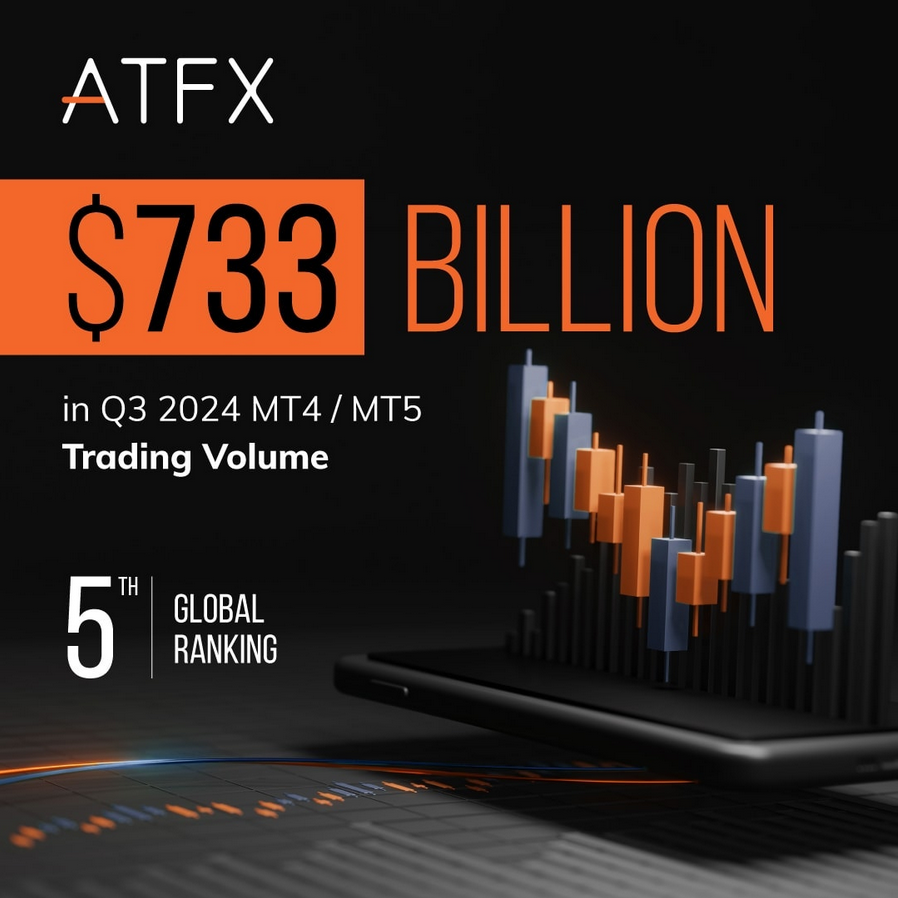The forex market presents diverse opportunities as traders navigate EUR/USD’s sensitivity to labor data, GBP/USD’s alignment with central bank stances, JPY’s dependency on wage growth and intervention signals, AUD/USD’s inflation-driven expectations, and gold’s behavior around critical levels. The euro’s path hinges on U.S. statistics and inflationary pressures, while the pound struggles with dovish policies. The yen reflects BoJ policies and global risks, the Australian dollar reacts to rate forecasts, and gold fluctuates with sentiment shifts, offering a robust yet challenging landscape for strategic trading decisions.
The euro’s rally has stalled despite rising inflation across the Eurozone, while the pound gains strength amid easing US tariff concerns and hopes of improved UK economic data. The yen weakens under the pressure of dovish Bank of Japan policies and intervention warnings, testing critical resistance levels against the dollar. Meanwhile, gold consolidates above key support levels, signaling potential bullish continuation but remaining vulnerable to corrections if support is breached. Market dynamics are influenced by mixed inflation data, central bank policies, and geopolitical factors shaping sentiment across these key assets.
Read the rest of this entry »
The euro rallied as optimism around European services data contrasted with Germany’s struggles, while the British pound gained amid mixed UK economic indicators. The yen showed steadiness despite uncertainty over the BoJ’s rate hike timeline, reflecting a cautious stance from Governor Ueda. Gold corrected lower, with bearish momentum dominating amid strong US manufacturing data and inflation concerns tied to potential tariffs. Overall, these movements reflect mixed global economic sentiment, with currency markets closely tied to central bank policies and growth prospects across major economies.
Read the rest of this entry »
As the holiday season draws to a close, global financial markets are set to regain full momentum in the first full trading week of 2025. The past two weeks of subdued activity, characterized by limited liquidity and a break in major economic data releases, will give way to a much-anticipated return to normalcy. Investors, armed with fresh budgets and renewed strategies, are gearing up for a dynamic week filled with significant market-moving events.
Read the rest of this entry »
The EUR remains confined in a narrow range due to lackluster economic data, mirroring the GBP’s restrained moves as traders eye muted U.S. jobless claims for directional cues. Meanwhile, JPY shows sensitivity to speculation over potential Bank of Japan intervention, with the yen’s weakness amplifying USD dominance. In contrast, Gold’s allure wavers under a strengthened dollar, yet its long-term bullish trend persists, supported by geopolitical uncertainties and central bank purchases. As markets digest macroeconomic signals, these assets collectively reflect a cautious global sentiment amidst shifting economic narratives.
Read the rest of this entry »
In a mixed market backdrop, the euro and pound struggle against a firm dollar amid U.S. economic optimism, with the euro weighed by ECB policy uncertainties and Brexit-era challenges affecting the pound. The yen sees temporary recovery but remains under pressure due to BoJ indecision. The Aussie dollar dips as RBA minutes hint at cautious rate cuts, while the Canadian dollar faces economic and political hurdles, tempered by dovish BoC policies. Gold, sensitive to U.S. Treasury yields, consolidates as risk sentiment limits its upward potential, highlighting investor caution in a volatile trading environment.
Read the rest of this entry »
Following a volatile week marked by central bank updates, traders are bracing for the week ahead, even as the Christmas holidays break up the trading calendar. Despite the anticipated lull in activity due to multiple trading center closures and short-staffed desks, a few notable risk events and the persistent threat of geopolitical developments could still lead to market movement.
Below is a comprehensive day-by-day breakdown of this week’s major risk events:
Read the rest of this entry »
The euro struggles amid dollar strength, weighed by hawkish Fed signals, while the pound wavers following the BoE’s dovish stance and hints at gradual easing. The yen weakens sharply after the BoJ held rates steady, signaling delayed policy normalization, further pressured by a robust dollar outlook. Gold remains under bearish pressure within a downtrend, reflecting dollar dominance and cautious market sentiment. Traders eye U.S. jobless claims, GDP, and housing data for potential shifts in trends, as global central bank actions continue shaping forex and commodities markets in volatile sessions.
Read the rest of this entry »
EUR/USD faces subdued volatility as traders await the Federal Reserve’s stance, with Powell’s tone crucial for dollar strength and euro movement. GBP/USD hovers near key levels, influenced by UK inflation concerns and upcoming BoE decisions. USD/JPY trends higher, driven by divergent Fed and BOJ policies, while potential hawkish Fed comments could trigger yen gains. Gold remains range-bound, balancing safe-haven demand amid geopolitical risks and strong dollar sentiment from rising yields. Market participants await pivotal central bank decisions to gauge future trends in forex and commodities.
Read the rest of this entry »
The euro remains pressured by weak German data and uncertainty surrounding ECB policy, while the pound finds limited strength amid labor market resilience and potential BoE rate hikes. The yen faces downside risks as the BoJ holds steady on easing measures, despite inflation concerns. The Canadian dollar weakens further due to political instability and dovish BoC policy, while the U.S. dollar gains from robust retail sales and strong economic indicators. Gold holds steady, supported by China’s renewed purchases but weighed down by the Fed’s less aggressive rate cut outlook, reflecting mixed global economic dynamics.








